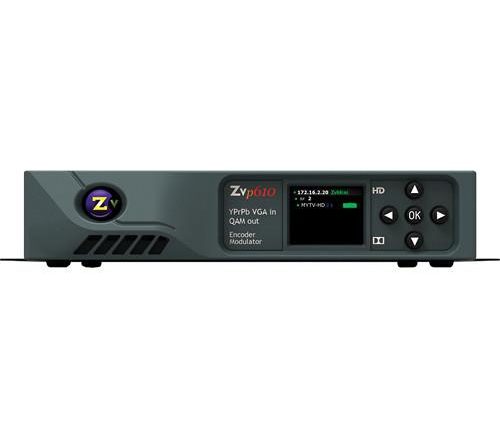Right off the bat, I will tell you this article isn’t for everyone. It’s only for the more hard-core among us. If you’re a real TV fan, or if you like to have a lot of TVs in your home or business, this is the article you should read. Do I have you curious? If so, read on!
If you’re setting up a large facility like a hotel, warehouse, airport or commercial building, and you want to distribute TV signals, you have two choices. You can put a cable or satellite receiver behind every TV, or you can use a headend system. A headend system is like a little cable TV company with headquarters in a closet on your property. It receives TV signals from an outside source (cable, satellite, or antenna) and puts every signal on its own channel so your TV can use its built-in tuner.
The best part of a system like this is that everything runs on one inexpensive cable. You can get practically infinite cable length through the use of inline amplifiers, making this a really good choice if you’re watching costs.
Why would you do choose a headend system rather than having receivers at every TV? Here’s the rundown.
Advantages of a traditional system
- Every TV gets every channel. So you could have hundreds of channels at your disposal.
- This kind of system is usually cheaper because extra equipment isn’t needed.
- This system is usually less prone to full-system failure. Usually only one TV will fail at a time.
- Sometimes you can get extra features straight from the receiver that you can’t get from a headend system like DVR service.
Advantages of a headend system
- A headend puts all the equipment in one place so it’s easy to maintain.
- A headend is cheaper to operate, especially if you have large numbers of TVs.
- A headend lets you control the channels that people are able to watch more effectively.
- A headend is much easier to wire and can use existing in-wall wiring that may have been put in place before.
As you can see both systems have their advantages. You tend to see headends in very large installations because of the cost advantages in operating and wiring, while smaller installations use receivers right at the TV because this is an easier installation with a low upfront cost.
Get the advice that you need
The real question, though, is which is best for you? The only way to know is to talk to one of our sales consultants. We have an entire division dedicated to corporate and institutional sales, called Signal Connect. You’ll find experts who are ready to help every step of the way. It all starts with a call to 888-233-7563 and we’ll show you how putting live TV where you want it can be easy and cost-effective. Our team of nationwide installers are ready to help you… we’ll make it easy! Our offices are open during East Coast business hours for the initial consultation. If it’s after that, fill out the form below and we’ll get back to you, usually within one business day.




